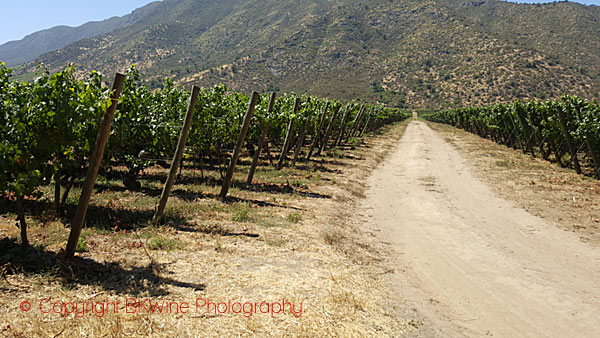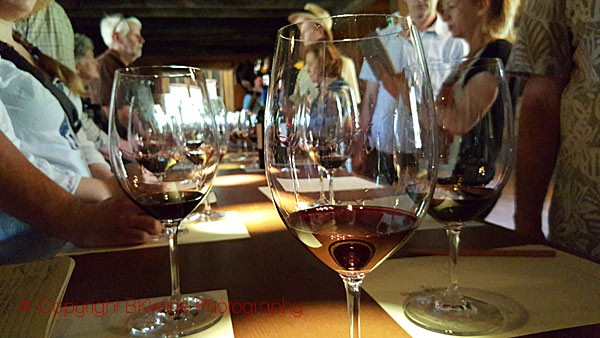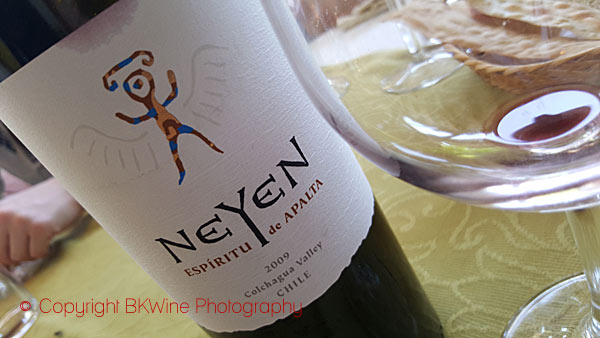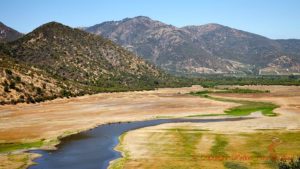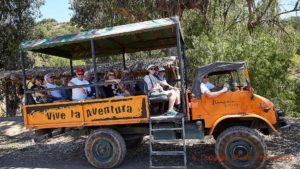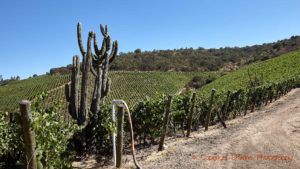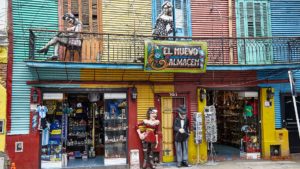A story from a wine tour to Chile and Argentina
It’s amazing how long it takes for new realities to pierce the membrane of old truths and commonly held beliefs. That’s Chile in a nutshell. It’s time for the rest of the world to catch up with what’s really happening in one of the world’s most pristine wine growing countries. Entrepreneur Max Morales, owner of AndesWines.com based in Santiago, hopes to do just that as an energetic ambassador connecting consumers to the hidden gem of a wine scene in Chile.
This is a guest article written by wine writer Kathy Merchant of www.vinoventurescincinnati.com.
Part 2 on Argentina’s wines is here.
It is commonly understood that 80% of all wine in Chile is produced by four big companies: Concha y Toro, San Pedro, Santa Rita and Santa Carolina. The data get a little fuzzy after that. Chile is not as hyper-organized as other countries, so the exact number of wineries is an estimate of around 150 (90 of which are members of a promotional trade association called Wines of Chile). The “big box” figure may – or may not – include boutique operations such as biodynamic Emiliania which is privately owned by the founders of Concha y Toro and marketed in the US as part of the Banfi portfolio of wines.
Let’s say for the sake of argument that a reasonably high percentage of the wineries producing the remaining 20% of the wine are “conventional” winemakers. That is the strongly held perception among Chilean winemakers with whom an international group of wine enthusiasts met during a five-day BKWine tour of nine Chilean wine properties. It likely leaves a small share of wineries practicing sustainable (holistic), organic or biodynamic farming and winemaking methods, making it all the more remarkable that six of the eight wineries we visited practice these methods with great pride of place and process.
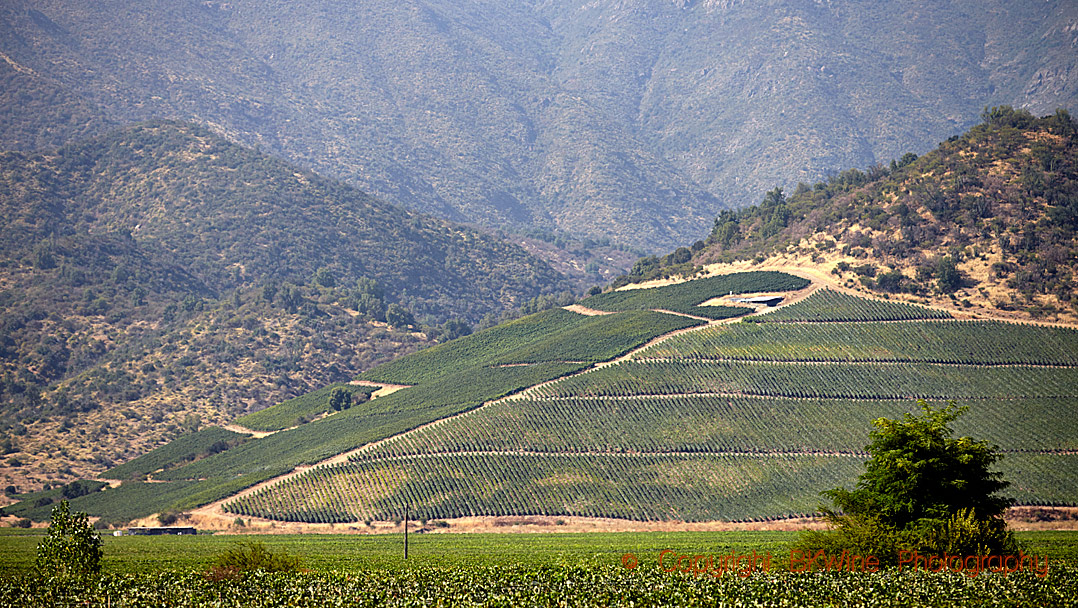
Chile: The Perfect Place to Grow Winegrapes
I have learned, taught and shared events about the magical terroir of Chile. It’s one thing to understand the map. It’s altogether enchanting to see first-hand how the thin Central Valley is nestled between cordilleras (the Coastal Range) and the foothills of the Andes Mountains, a green carpet of grapevines. Long, thin Chile encompasses 1,000 miles of pristine growing area.
Chile is unique in that many vines were imported from Europe pre-phylloxera, so they have not been attacked by the killing louse. Even so, many wineries have grafted vitis vinifera grapes onto American root stock as a form of insurance.
Sunshine is frankly the key factor of terroir: 150 days per year of cloudless blue skies near the coastal areas, 250 days in the Central Valley. As you might expect, slope and aspect also play a large part in vineyard decisions. Some vines are planted east-to-west, others north-to-south. The most special places are where the cordilleras and Andes foothills are within walking distance, creating small webs of biodiversity, but they are never out of sight. Like most places, Chile’s soil variation creates great opportunities for matching the right grapes to the best places.
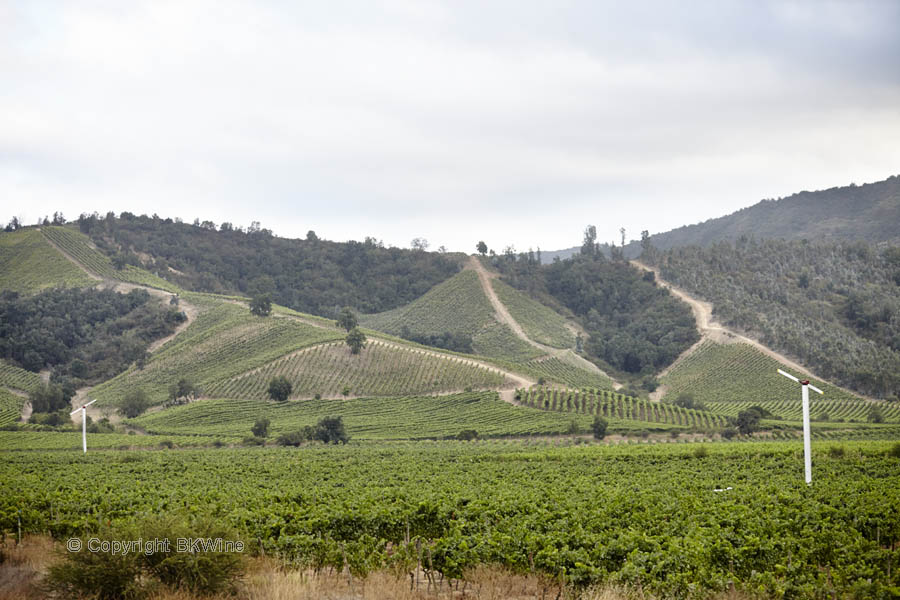
Meet the Winemakers
It’s summertime in Chile. Winemakers are busy inspecting vines, testing grapes for ripeness, planning for harvest, making sure all systems are “go” for one of the most important decisions made in the annual vineyard life cycle. Yet these five men took precious time to share their winemaking philosophies and their wines! Each has a unique story, personally and about the vineyard, much abbreviated for this Chilean experience.
At the wineries where we were not greeted personally by the winemakers – understandable at harvest time – we were received by other friendly and knowledgeable winery people.
De Martino – reviving extinct amphorae
Marcelo Retamal, enológo jefe of De Martino, is spearheading an amazing experiment making wine using amphorae (viejas tinajas) that have been collected “house by house” from previous owners. They are essentially extinct. The only other areas well known for using amphorae are Sicily and Georgia (the country).
100% natural wines “from the clay pot to the bottle,” the 2011 Cinsault and an amazing dry Muscat (de Alexandria) were simply delicious. An outdoor parilla (barbecue) on the winery’s beautifully landscaped property is breath-taking, providing testimony to De Martino’s gastronomique wine style.
The text continues after the pictures.
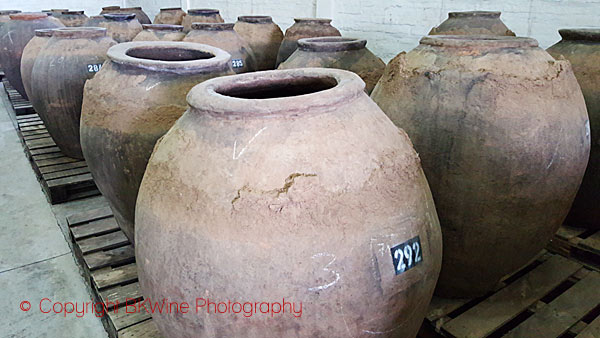
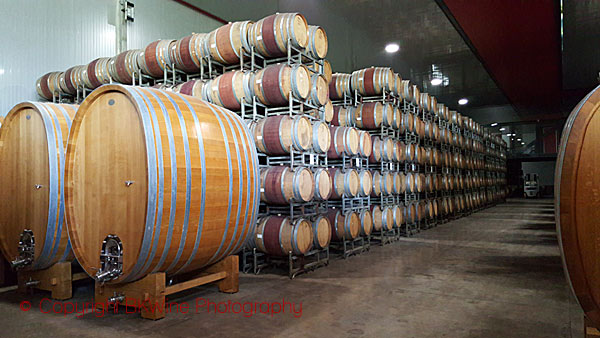
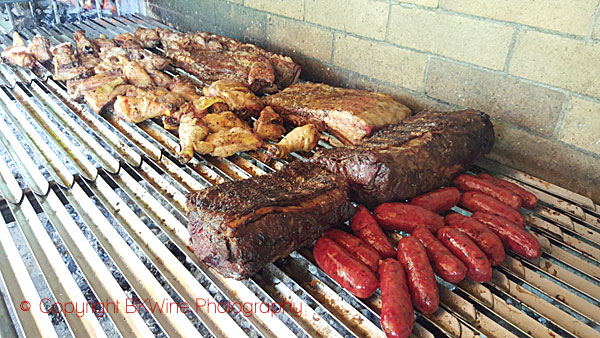
Viña Vik – an incredible holistic experience
The magnificent Viña Vik – a “design, wine and art-centric escape” including a hotel and restaurant (see photos) – has been lovingly created from scratch over the last decade by a team including Norwegian entrepreneur and owner Alexander Vik, head winemaker Patrick Vallette, and Gonzague de Lambert, winemaker and director of sales/marketing.
Viña Vik farms sustainably (“holistic” as they call it) and makes just one wine, a Bordeaux-style blend, paying homage to the French winemaking heritage of both Vallette and de Lambert. Sign up for a unique experience: taste the component parts of the blend and then the finished product. A multi-course tasting menu lunch in the restaurant is a divine experience.
The text continues after the pictures.
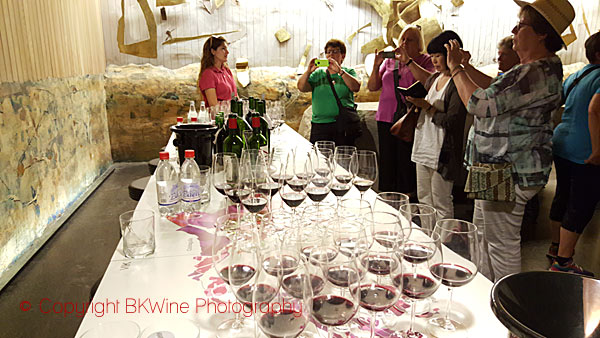
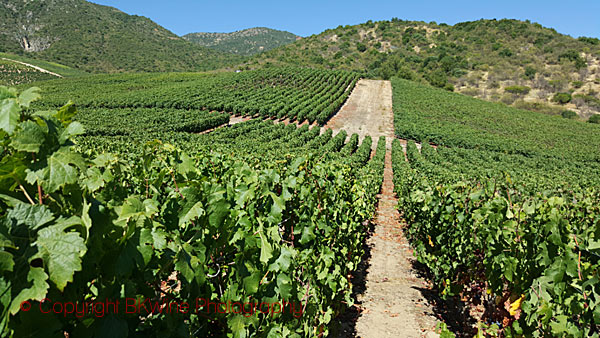
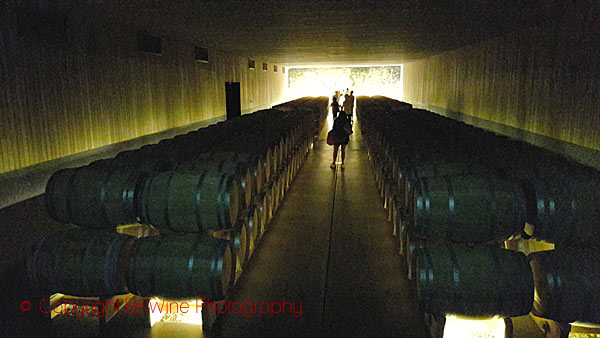
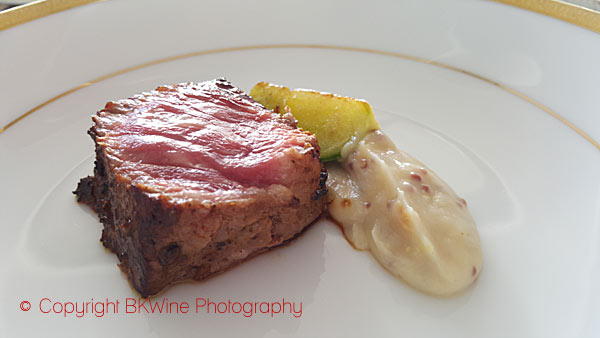
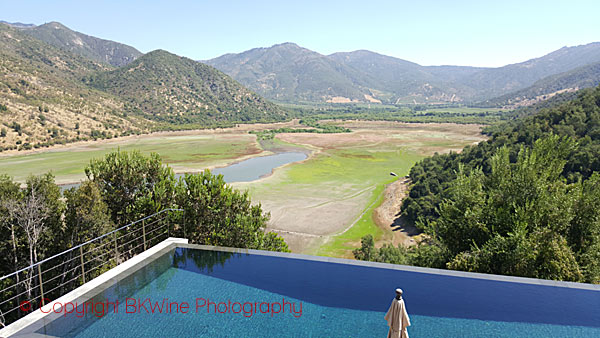
Viña Viu Manent – iconic wines
Following a short tour of the Viña Viu Manent vineyard property launched with a ride on a horse-drawn carriage, our group was treated to a WSET-quality professional wine tasting of seven wines by head winemaker Patricio Celedón.
Despite the late hour of the day — the winery was essentially closed to visitors by the time we concluded our review of the wines — Patricio walked us through the showcase of seven red wines: two blends branded “ViBo” because it is made by the third generation (Viu Bottini); single-vineyard Syrah (El Olivar Alto); 100% Malbec; single-vineyard Cabernet Sauvignon (La Capilla); a Carmenere blend called El Incidente to pay homage to the “discovery” of Carmenere in Chile some two decades ago; and the winery’s iconic “Viu 1” made from a selection of hand-picked grapes.
The text continues after the pictures.
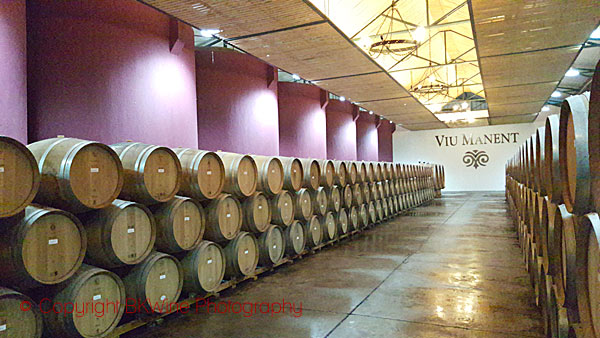
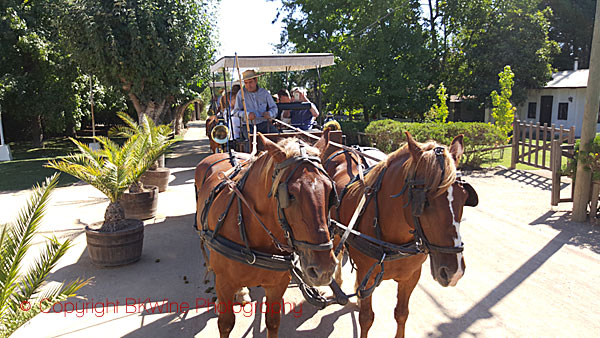
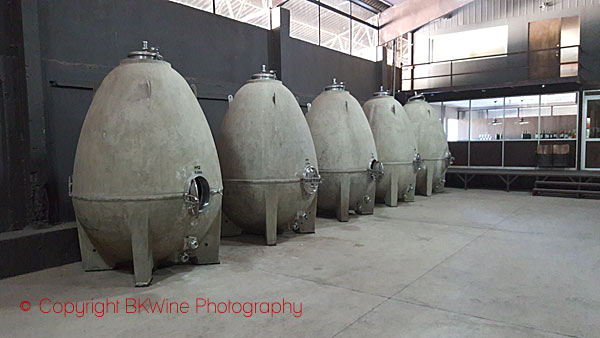
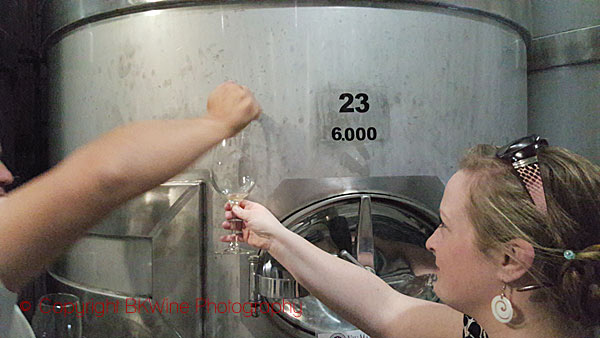
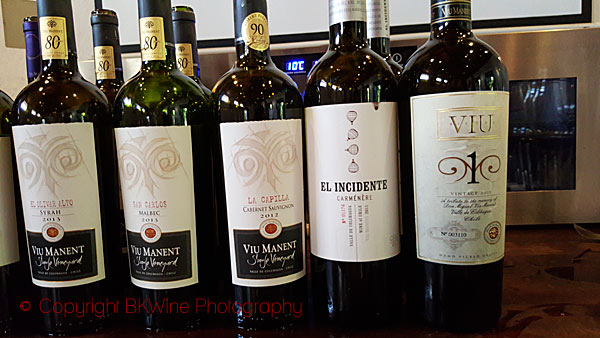
Viña Las Niñas – French flair
The property of Viña Las Niñas in the Apalta sub-region of Colchagua was purchased in 1996 by three French families who also own wineries in France and Spain. The name signals leadership by a second generation, the daughters who fell in love with Chile and created the winery.
Nearby neighbors include the large producer (and fellow French family) Casa Lapostolle. In an interesting nod to global tastes, head winemaker Eugenio Lira manages both certified organic and conventional vineyards at Viña Las Niñas.
The text continues after the pictures.
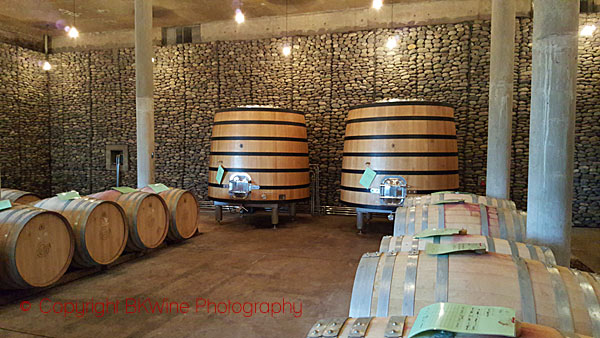
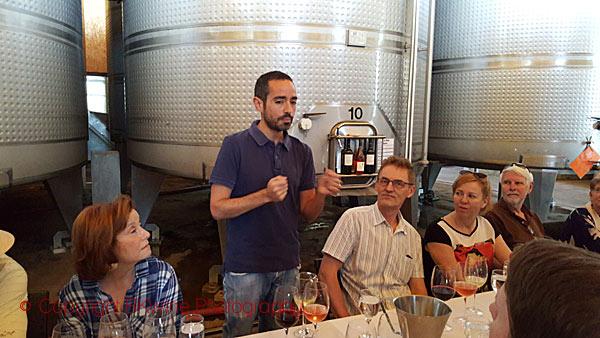
Antiyal – a modern legend
Antiyal and its winemaker / owner Alvaro Espinoza are modern legends. Alvaro is credited with working with an ampelographer, helping to discover Carmenere, and with pioneering biodynamic winemaking in Chile. Assistant winemaker Juan Pablo provided an in-depth review of biodynamic practices in the vineyards and in the winery, including some amusing stories about the roles that chickens and cattle play in the vineyard life cycle.
Antiyal means “sons of the sun” in the language of Mapuche, an indigenous people. Because Antiyal is a family affair, we also met Alvaro’s wife, Marina, and two of their three sons at an alfresco lunch prepared at the small guest house where visitors can stay.
The text continues after the pictures.
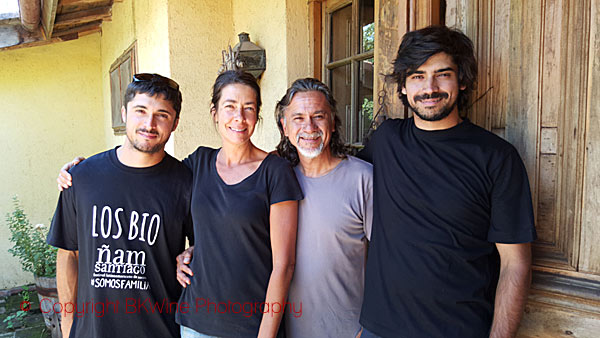
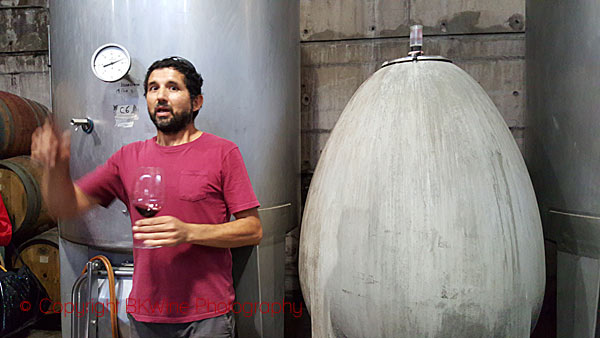
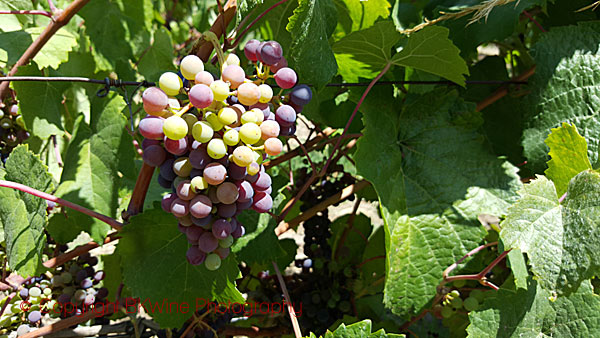
Emiliana – an organic and biodynamic experiment
The story of Emiliana is unique among the wineries we visited, and may represent a small fraction of winery entrepreneurship in Chile. The family who owns Concha y Toro, Guilisasti, founded Emiliana in 1986 as a private enterprise dedicated to organic farming. Premium Emiliana Gé and Coyam blended wines (primarily Carmenere, Cabernet Sauvignon and Syrah) are made in accordance with biodynamic principles.
The text continues after the pictures.
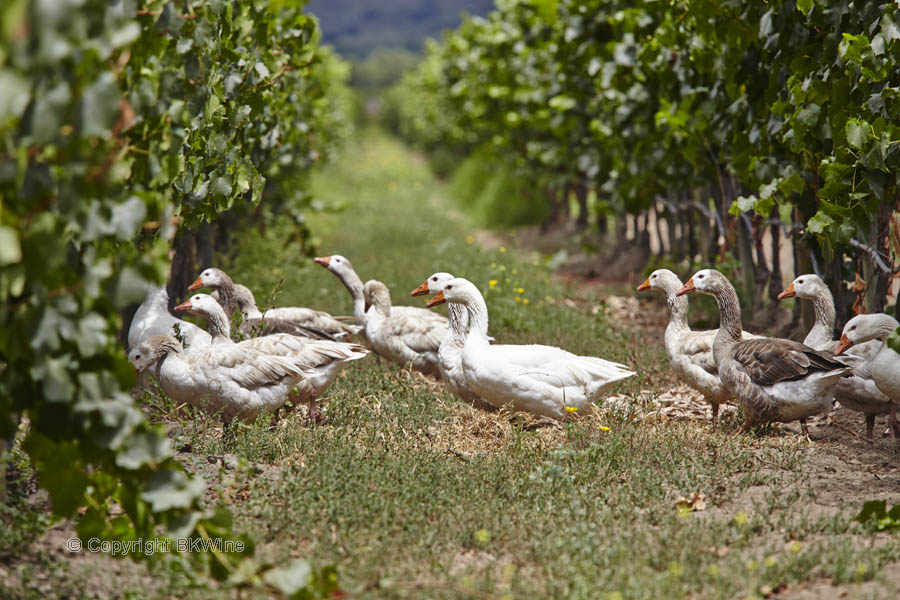
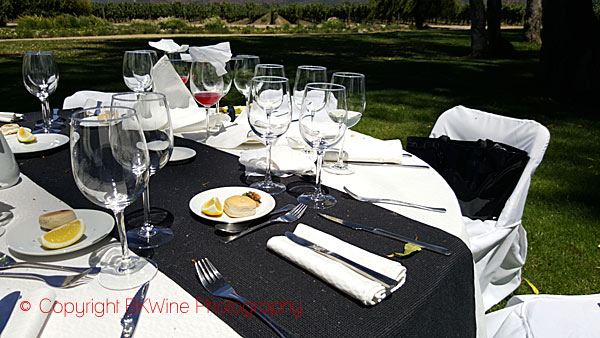
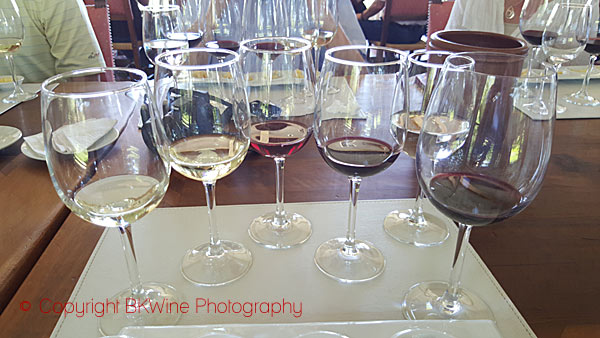
MontGras and Ninquen – get your hands dirty
MontGras Winery has planted a multi-variety vineyard used exclusively for educational purposes. Each leaf and berry has a story, and the staff at MontGras does an exceptional job of conveying many vineyard concepts in a short walkabout.
The best part of a visit to MontGras, however, is a blending workshop! Guests are provided with samples of Cabernet Sauvignon, Merlot and Carmenere, a beaker and funnel, and an apron. Each person blends a wine to his/her taste, then each table holds a competition, and then the top wines from each table compete for a “gold medal.” Of course there is quite a lot of sampling going on…
MontGras owns Ninquén Vineyard, high atop a hill that requires four-wheel drive vehicles to reach. With spectacular views of vineyards as far as the eye can see, lunch al fresco is an amazing capstone to an already invigorating day.
The text continues after the pictures.
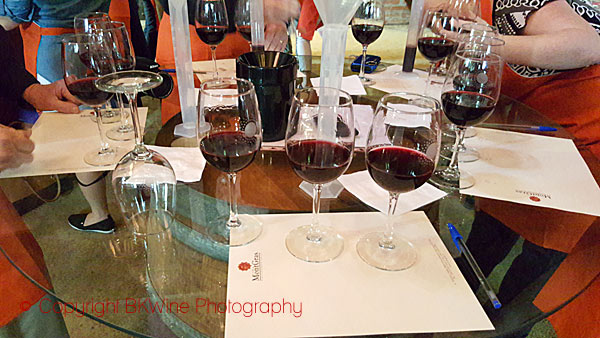
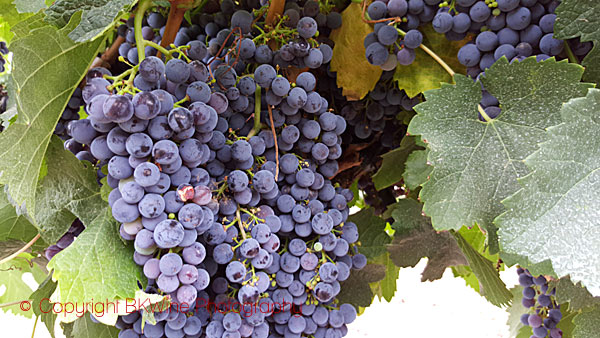
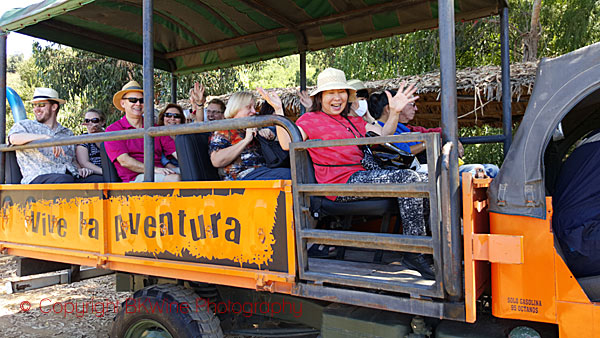
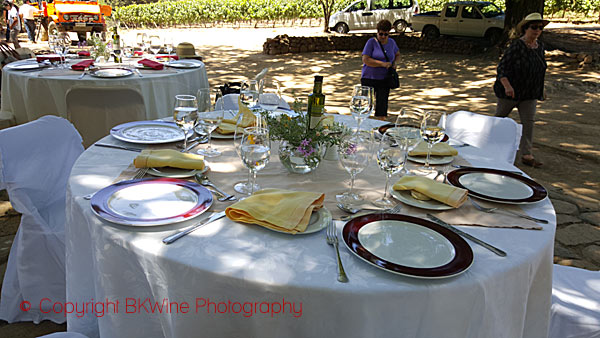
Neyen – a sophisticated winery
Several things stand out about Neyen, also a certified organic winery. One is that the owner of this property also owns Veramonte, a large brand well known in the United States, and Quintessa, a Napa property. Another is that many of the vines are 125 years old, coinciding with the launch of the oldest winery in Colchagua Vally starting out as a co-operative called Apalta Winery. Perhaps owing to the influences of the larger wineries rather than its traditions, Neyen is a sophisticated winery, as we could see from the winemaker’s in-depth analysis of the harvest conditions.
Part 2 on Argentina’s wines is here.
Written by: Kathy Merchant, Dip WSET, is a wine consultant, educator and writer based in Cincinnati Ohio. Kathy participated on the BKWine wine tour to Chile and Argentina. The story was originally published on her own site www.vinoventurescincinnati.com where you can read more of her writing. Many thanks for letting us share the text with our readers.
You can find more information about the wine tour to Chile and Argentina in South America here.
